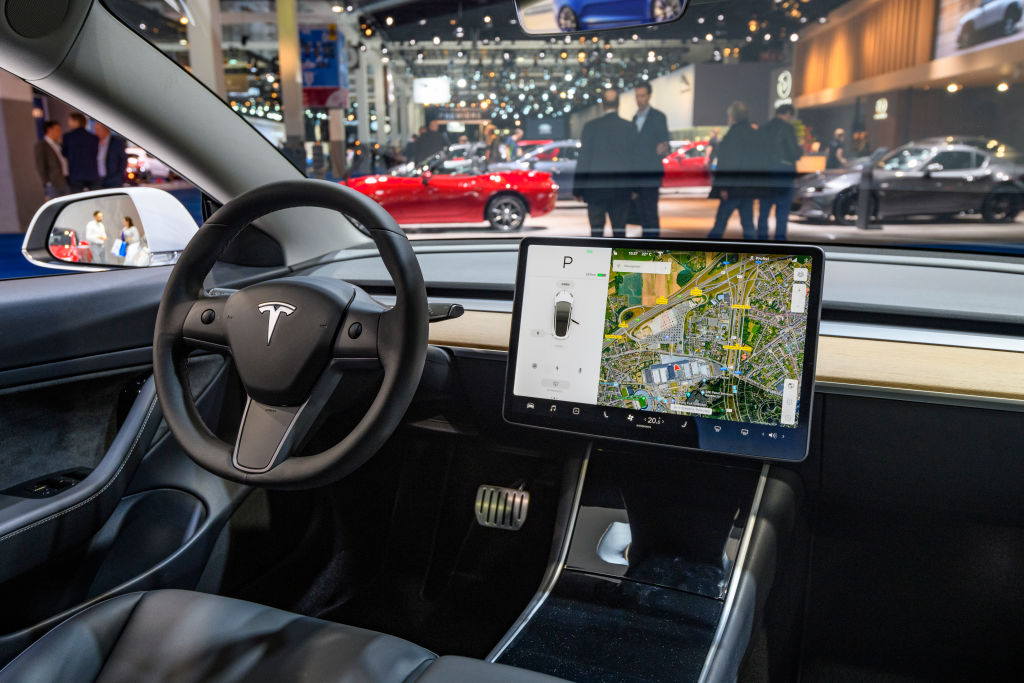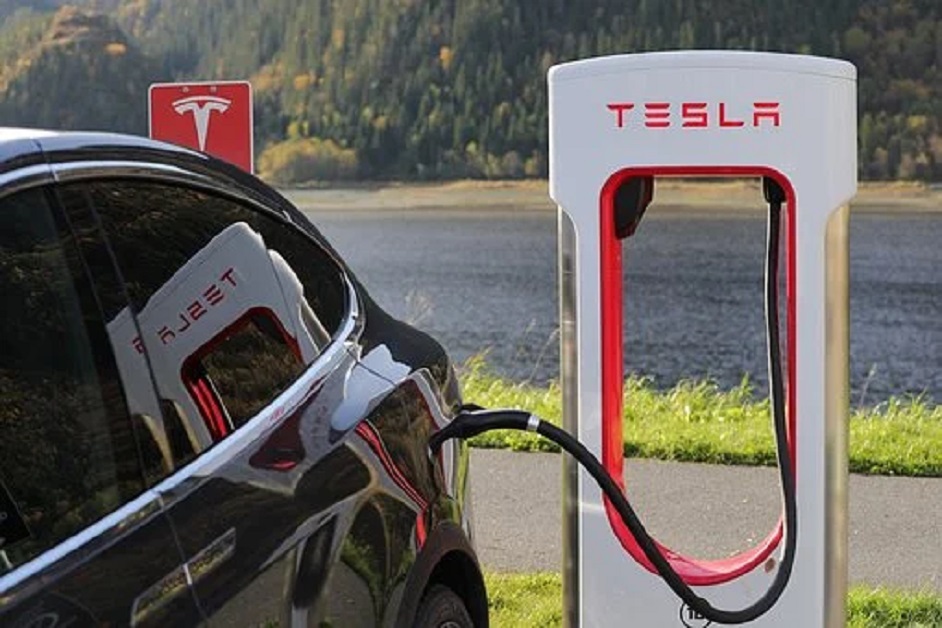
The idea of autonomous vehicles is not new. The history of self-driving cars dates back to 1939 when General Motors created the world’s first self-driving car guided by radio and magnetic fields. In recent years, the idea of manufacturing self-driving cars in greater numbers has gained momentum. With Tesla and other auto manufacturers taking the lead, the question arises, what is the future of such cars in the developing world, especially Pakistan?
Let’s find out.
Levels of Automation in Autonomous Cars

Before we dig into self-driving cars, let’s understand autonomous driving and the different levels of it. There are multiple levels according to the amount of self-driving involved. Let’s quickly analyze the six levels below.
| Levels | Automation Status | Automated systems involvement | Human Interference |
| 0 | No automation | No involvement | Driver is fully in control |
| 1 | Driver Assistance | Driver assistance features like cruise control | Full monitoring and attention is required |
| 2 | Partial Automation | Partial automation like adaptive cruise and ADAS | Requires driver’s attention, the driver can overtake at any time |
| 3 | Conditional Automation | Car systems perform most of the driving task | Human interference is required like holding the steering wheel |
| 4 | High Automation | Automated systems drive controls the driving experience | Human attention is required and overtaking controls is still an option |
| 5 | Full Automation | Automated system performs all driving by itself without any assistance | Human attention and control isn’t needed at this point |
With each level of automation, the self-driving cars use more advanced software and hardware to manipulate real driving experience.
Why are Self-driving Cars in Pakistan a Distant Dream?
Not every major car manufacturer has mastered the art of manufacturing self-driving cars. Especially the ones that operate in Pakistan, are not even seriously contemplating introducing such cars in Pakistan anytime soon. Though Toyota expects to launch an advanced autonomous driving car in the global market in 2025. This means there is a considerable amount of time for these technologies to come to Pakistan.

Auto manufacturers in Pakistan are reluctant to work on self-driving cars because of the enormous capital it requires for Research and Development. Car companies spend billions of dollars on improving their self-driving abilities. To invest such an amount, the project needs to be backed by the government, and people need to take an interest. Both of these are not happening in Pakistan yet.
Even if they did, do you think the road and traffic conditions in Pakistan are viable for any self-driving experience? Owners of cars with auto braking systems have sometimes turned off this feature due to the road and traffic conditions in Pakistan. In the light of this, what is the viability of having self-driving cars on our roads?
Price of Autonomous Driving vehicles
Price is always the deciding factor. The poor sales of EVs in Pakistan is due to their higher prices. Self-driving technology is more advanced than EVs. As an add-on, it will further drive up the price, hence reducing its demand.

This is not to suggest that autonomous driving does not exist in some form or another in Pakistan. In fact, we are in its early stages. We have only seen level-3 automation with Advance Driving Assistive Systems (ADAS). Any vehicle with these systems costs considerably more than the standard variant of the same model. For example, Honda Civic RS Turbo with its advanced Honda sensing technology costs significantly higher than the Oriel and Base variants.
How can Self-driving Cars Make a Difference?
Imagine a world full of self-driving cars. What would it be like? We know, self-driving cars add comfort, safety, and a premium feel to our daily drive. Here’s how things will change for the better:

- An overwhelming number of road accidents are caused by human error. With less human input, the number of accidents can be reduced to 72%.
- Traffic is one of the most significant issues every country faces. Self-driving cars can communicate with satellites and nearby autonomous vehicles to plan a perfect route. The calculated route is always the shortest and safest to reach your destinations.
- Even those who cannot otherwise drive a car for whatever reason, may be able to drive a self-driving car.
What’s the Future of Self-driving Cars in Pakistan?
Driverless cars in Pakistan are still a distant dream. This is primarily due to the practicality and utility of self-driving cars in Pakistan. We first need to make a transition from combustion to electric engine cars and then perhaps to self-driving cars as an add-on feature.








Leave a Reply